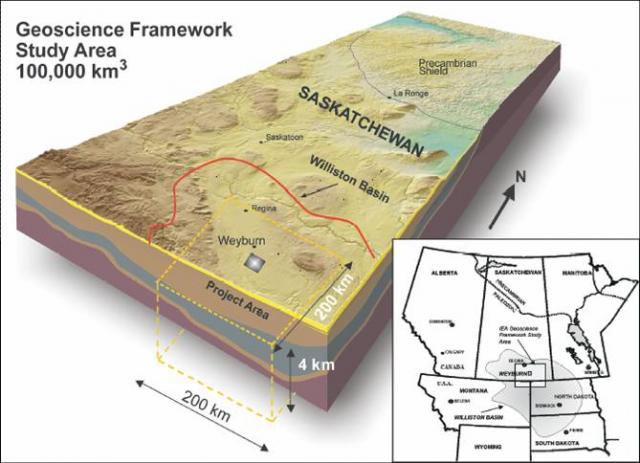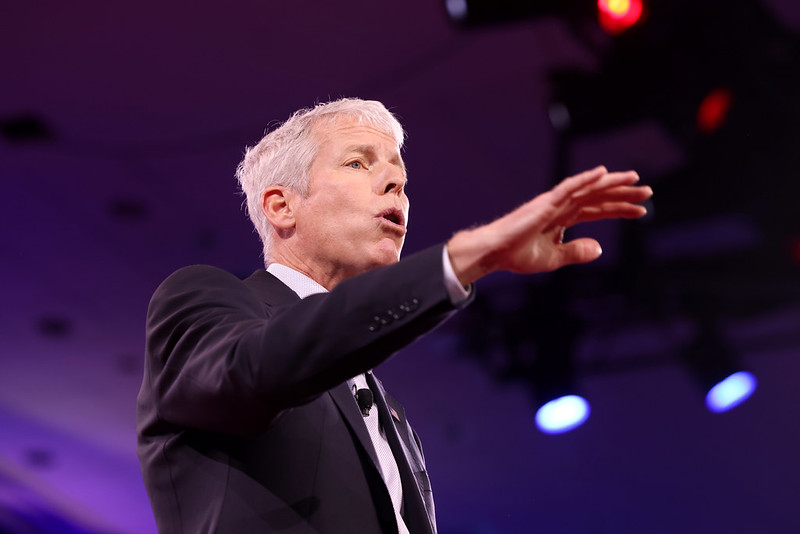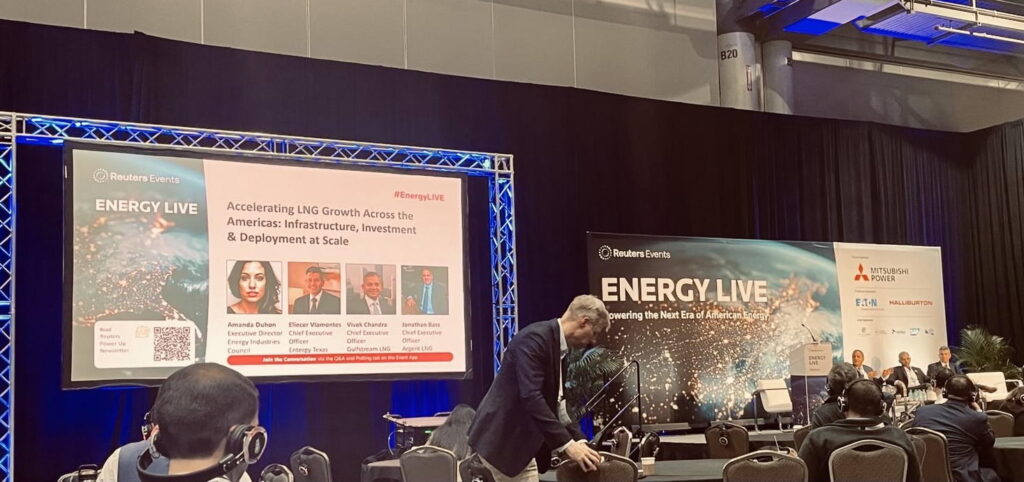The Petroleum Technology Research Centre (PTRC) has released a report concluding that there is “no evidence” that the CO2 fizzing out of the ground on a farm outside Weyburn Saskatechewan originated from the nearby Weyburn-Midale carbon capture and storage project.
The original accusation came in a report (attached below) by Paul Lafleur of Petro-Find Geochem Ltd. Farmers Cameron and Jane Kerr had hired Lafleur after something started fizzing and banging out of their property – and after a string of small animals wound up unaccountably dead in the vicinity of these events. (The Kerr’s hired Lafleur after the provincial government did a drive-by analysis and lost interest.)
Kerr found CO2 soil levels that he reported to be extraordinarily high and he tested CO2 samples that had the same isotopic fingerprint as the CO2 that is being pumped into the ground in the Weyburn-Midale project. He concluded, flatly, that Weyburn had sprung a leak.
Having taken a week to review Lafleur’s report, the PTRC now says, just as flatly, “There is no evidence presented in this report that can support the far-reaching and definitive statements made about the source of CO2 on the Kerr property.”
Still, the story seems anything but resolved. As Andrew Nikiforuk reports on TheTyee.ca, lots of people (particularly we taxpayers) have billions of dollars invested in this experiment. There is great hope (hype?) that pumping CO2 in the ground and locking it into aquifers recently emptied of oil and natural gas will provide a way to mitigate the damaging effects of the increasing concentration of greenhouse gases in the atmosphere.
But Weyburn isn’t primarily a noble experiment in carbon capture. It’s an effort by Cenovus (an offshoot of the Canadian gas giant Encana) to try to harvest more oil from a depleted field by pumping 6,000 tonnes of CO2 a day into the ground to thin out the resource and help get it to the surface. Something billed as an effort to ameliorate the effects of burning fossil fuels is, primarily, a program to access more fossil fuels to be burnt.
It seems reasonable that gas under intense pressure might look for a route back to the surface. It also seems reasonable that when a potential breach is identified, Cenovus and the PTRC would rush in the troops to actually do research on the ground, rather than take a quick look at the report and dismiss its lack of evidence out of hand.
In their defence, the PTRC scientists seem to have dealt Lafleur’s report some decisive blows. But they failed entirely to deal with the likely cause of death of the animals found next to the fizzing blow-holes on the Kerr property. Till that’s dealt with, we’d generally counsel caution before booking any camping trips over the pumped-up Weyburn CO2 cemetery.
Subscribe to our newsletter
Stay up to date with DeSmog news and alerts






